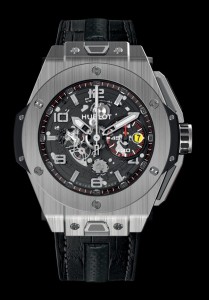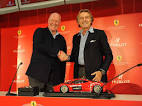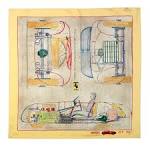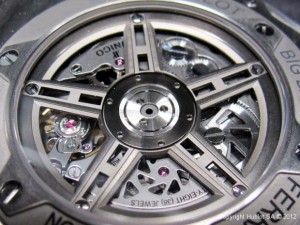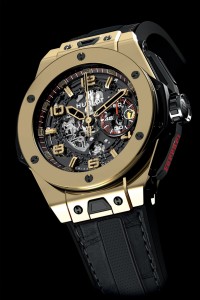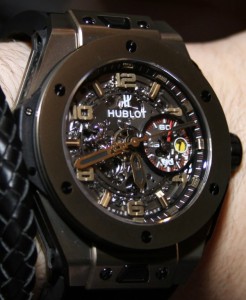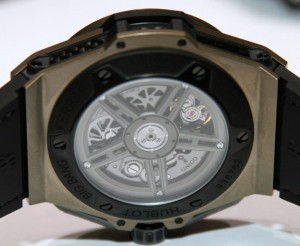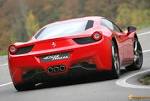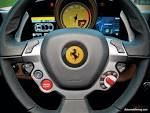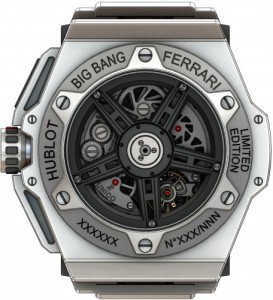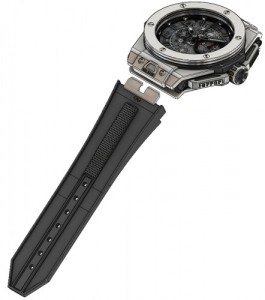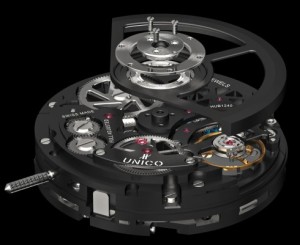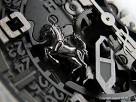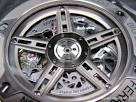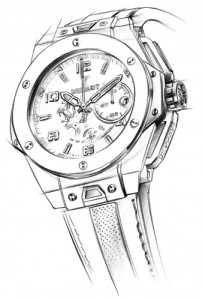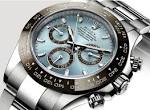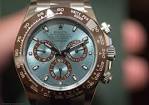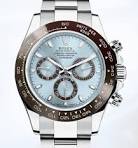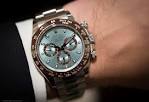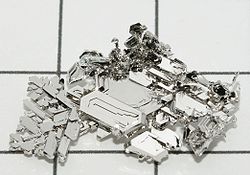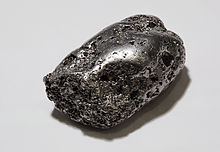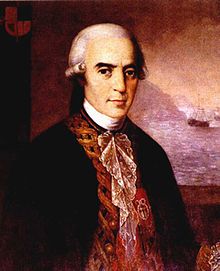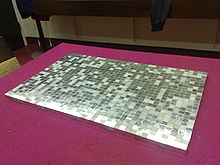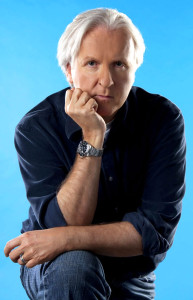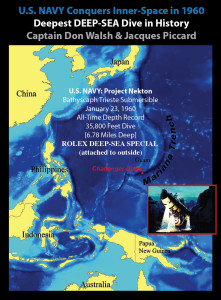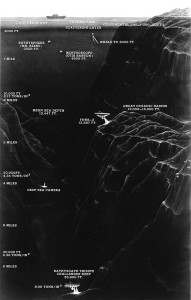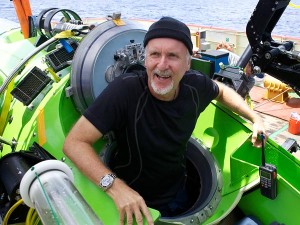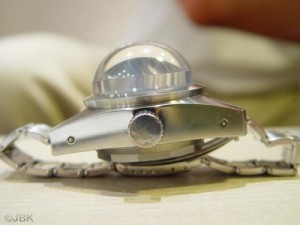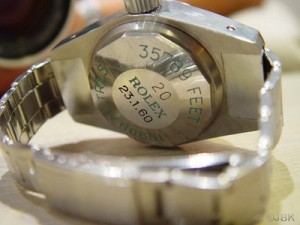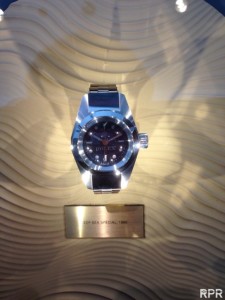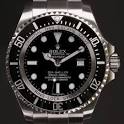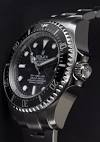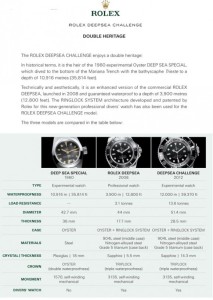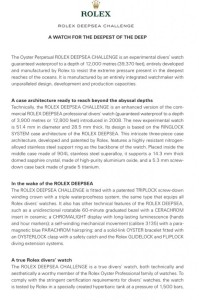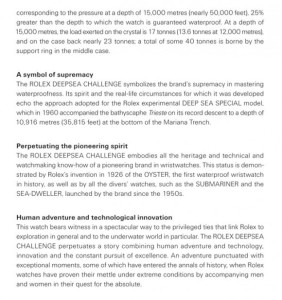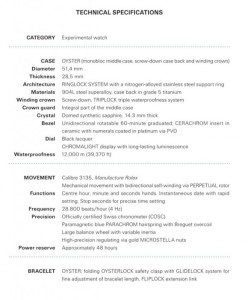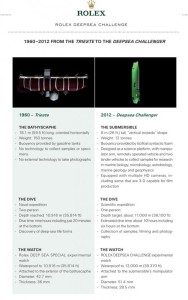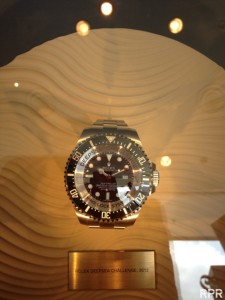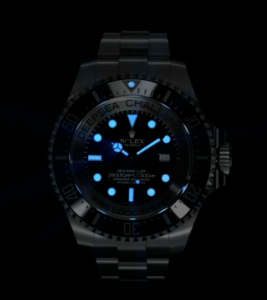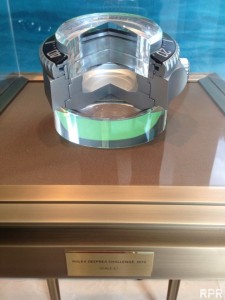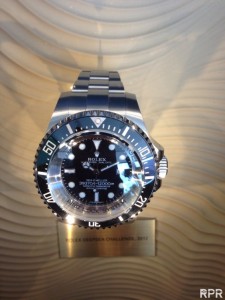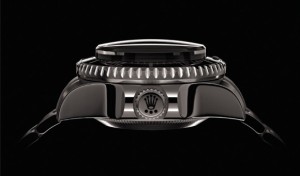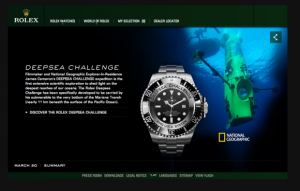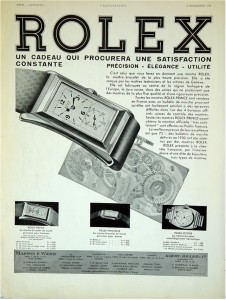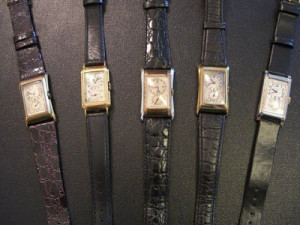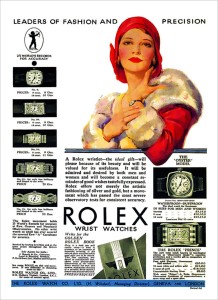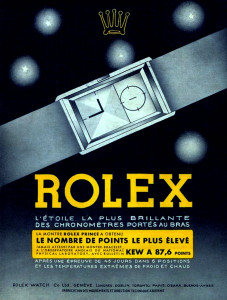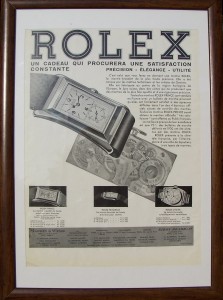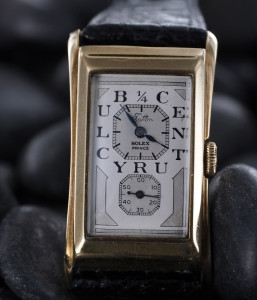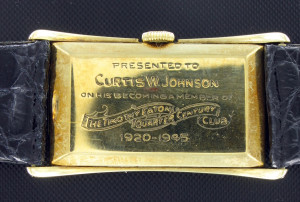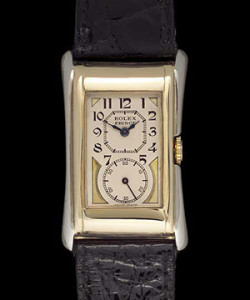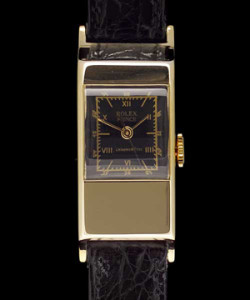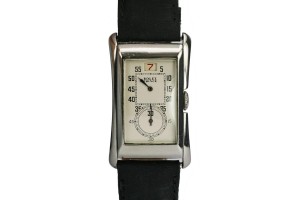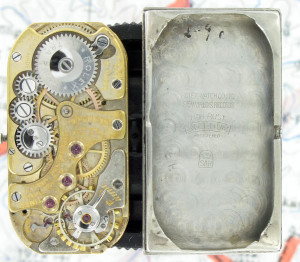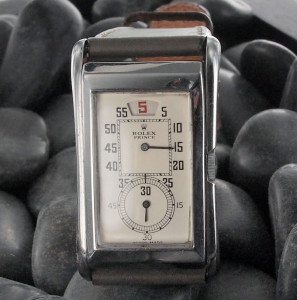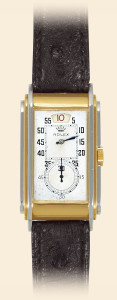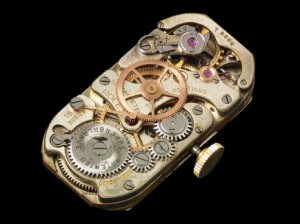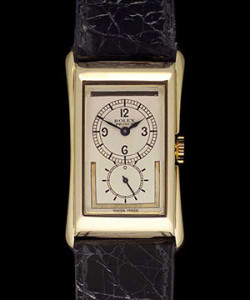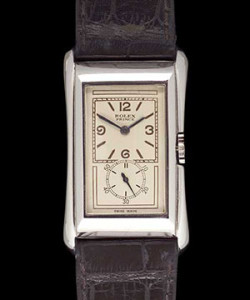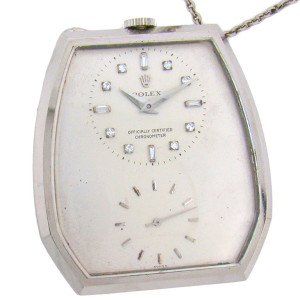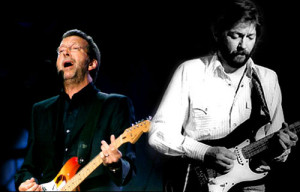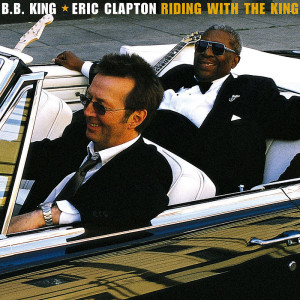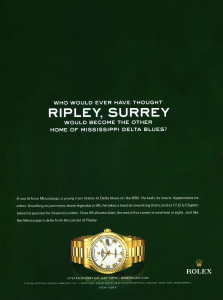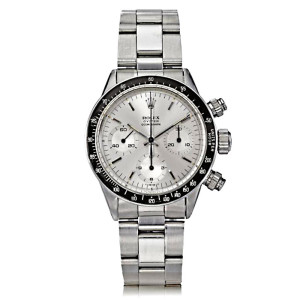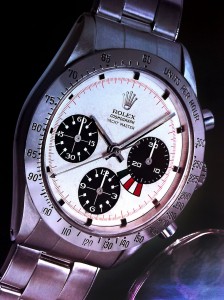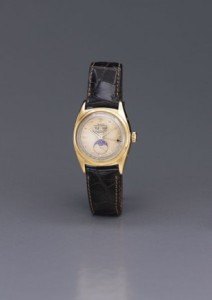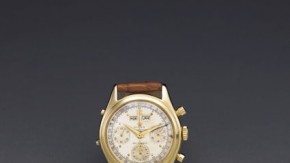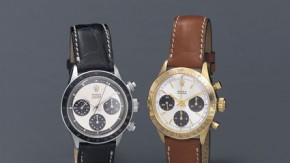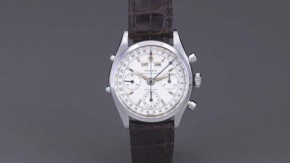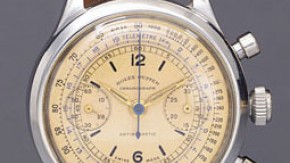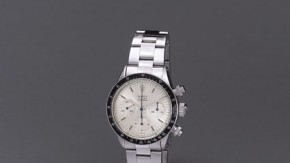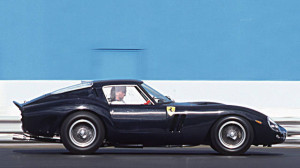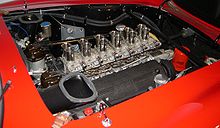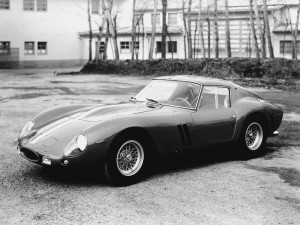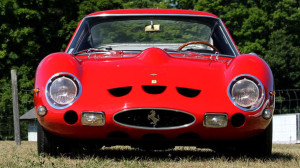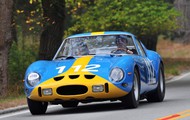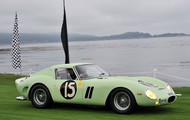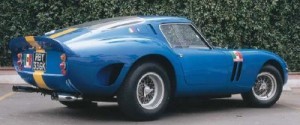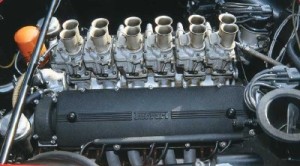Hublot Big Bang Ferrari: a 458 Italia on your wrist
Since November 5th 2011 Ferrari and Hublot have decided to work together intensly. This deal means that Hublot is now the official watch of Ferrari and the Scuderia Ferrari, the official ‘Timekeeper’ of Ferrari, Scuderia Ferrari and the Ferrari Challenge; she is also partner in the Ferrari ‘special events’.
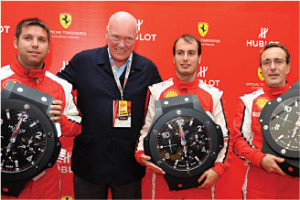
“This collaboration, rich in a host of synergies, gives Hublot a massive boost along the road.”
Jean-Claude Biver
Hublot Chairman
“Exclusivity, technology, passion, style”: Hublot and Ferrari share many core values and this new partnership between two such highly prestigious brands is an important milestone for both.
Luca Cordero di Montezemolo
Ferrari S.p.A. President
The legendary ‘brand’ Ferrari was born on the first of December 1929. At that date the parents of hero pilot Francesco Baracca donated the symbol of the prancing horse to Scuderia Ferrari; the symbol was placed on a canary yellow background, the colour of the town of Modena.
The first Ferrari was built in 1947 and was called 125 S. The race car had a V12 engine with 125 being the displacement per cilinder in cubic centimeters. This name giving was the start of a tradition for Ferrari.
To put clear emphasis on the cooperation with Ferrari Hublot has designed the Big Bang Ferrari.
The case has a diameter of 45.5 mm, bigger than normal, and a cilindrical bezel that beautifully shows the movement through the dial made of sapphire glass. The crown with index ( The ‘H’ of Hublot automatically positions itself to stay in one line) has extended push buttons fixed on a rotating axe like the pedals on the Ferrari steering wheel; the case has an carbon fibre inlay.
The watch has two bracelets that can be switched with a clever system that is inspired on a car’s seatbelts. The tone on tone stitching is proof of Ferrari’s craftmanship with leather and their centuries old partner Schedoni from Modena. The prancing horse, subtle made with relief, is at the ’9′ position on the dial. At ’3′ one finds the minute counter, it’s hands and dial cite to the dashboard of the Ferrari 458 Italia. The date is shown in ‘Modena’ yellow.
The movement of the Big Bang Ferrari is the Hublot Unico 1241 automatic chronograph calibre. The movement has 330 parts and it’s frequency is 28,800 bph. The power reserve of the 1241 is 72 hours.
Besides a titanium case the Ferrari is also available in the by Hublot developed Magic Gold. This is a mixture of ceramic material and 18k gold and it’s at least twice as resistant to scratches as pure gold. The material is darker than pure gold and has a light green-grey complexion.
The following are the technical specifications of the Big Bang Ferrari as provided by Hublot:
BIG BANG FERRARI MAGIC GOLD, BIG BANG FERRARI TITANIUM – Tech specs from Hublot:
References 401.MX.0123.GR (BIG BANG FERRARI MAGIC GOLD) 500-piece limited edition
401.NX.0123.GR (BIG BANG FERRARI TITANIUM) 1000-piece limited edition
Case Diameter: 45.5 mm – polished Magic Gold or satin-finished Titanium
Bezel: Polished Magic Gold or satin-finished Titanium
6 H-shaped black PVD titanium screws, countersunk, polished & locked (Magic Gold)
6 H-shaped countersunk, polished & locked screws (Titanium)
Crystal: Sapphire with interior/exterior anti-reflective coating
Bezel lug: Black composite resin
Lateral inserts: Black composite resin with carbon insert at 9 o’clock
Crown: Micro-blasted and polished black PVD titanium (Magic Gold), Micro-blasted and polished titanium (Titanium), Black rubber insert with Hublot logo
Push-buttons: Micro-blasted and polished black PVD titanium (Magic Gold), Micro-blasted and polished titanium (Titanium), Black rubber insert on the push-piece at 2 o’clock, Engraved Ferrari logo with red lacquer on the push-piece at 4 o’clock
Case-back: Micro-blasted and polished black PVD titanium
Sapphire crystal with interior anti-reflective treatment
Water resistance 10 ATM, i.e. approx. 100 meter
Dial: Sapphire with white Hublot logo transfer
Rhodium-plated Ferrari prancing horse applique
Satin-finished rhodium-plated or 2N gold-plated indexes
Hands: Satin-finished rhodium-plated white SuperLuminova™ (Titanium) or 2N gold-plated black SuperLuminova™ (Magic Gold)
Minute counter hand with Ferrari red coating
Movement: HUB 1241 Unico movement, developed and manufactured in-house by Hublot, self-winding chronograph
Date: Yellow window at 3 o’clock
Oscillating weight: Satin-finished and micro-blasted black coating, imitating the shape of a wheel rim
Power reserve: Approximately 72 hours
Straps: Black rubber strap with central rubber decoration, alcantara and tone-on-tone stitching or black rubber, scedoni leather and tone-on-tone stitching
Clasp: deployant buckle in satin-finished black PVD titanium with carbon insert (Titanium) or satin-finished titanium with carbon insert (Magic Gold)
Thanks to Wilfred Muhring, Shop Director Schaap & Citroen Utrecht(NL)
Jaap Bakker
